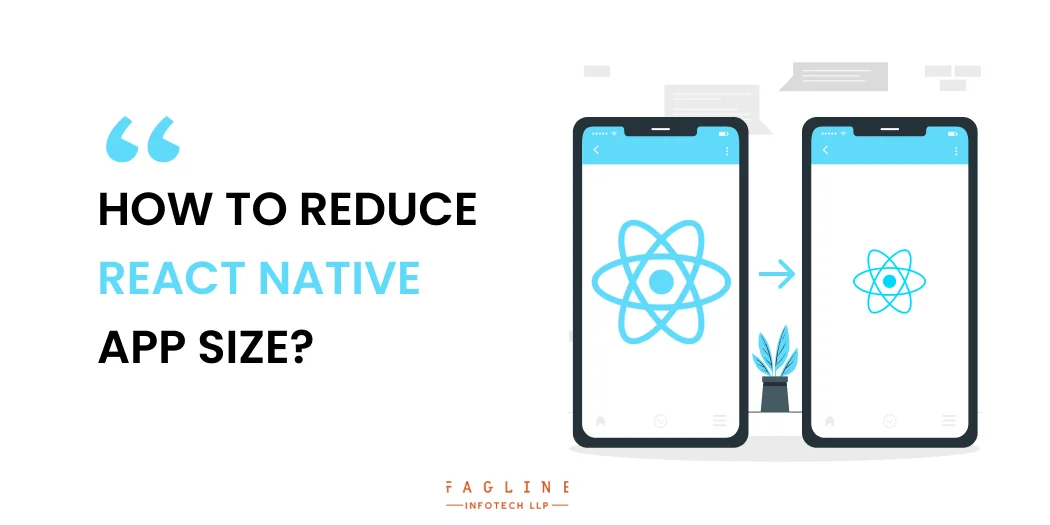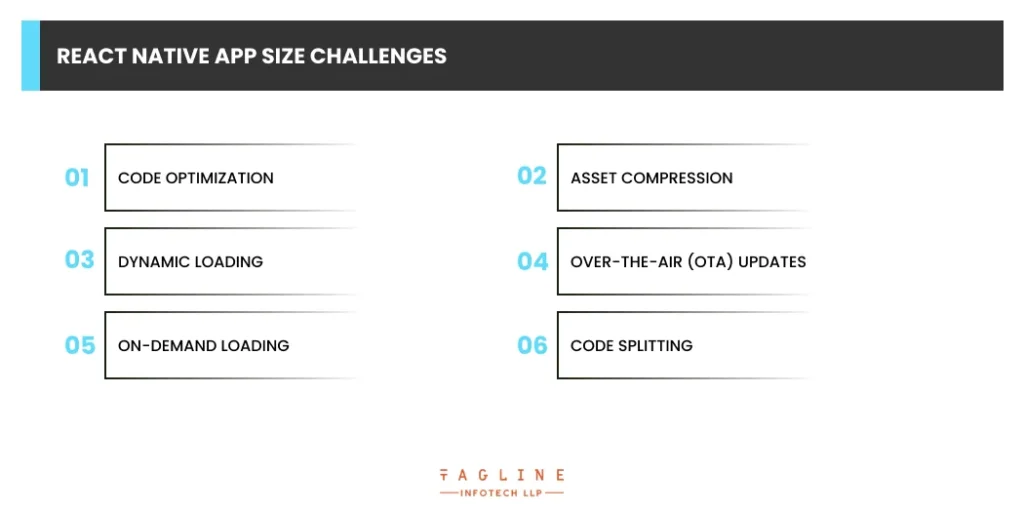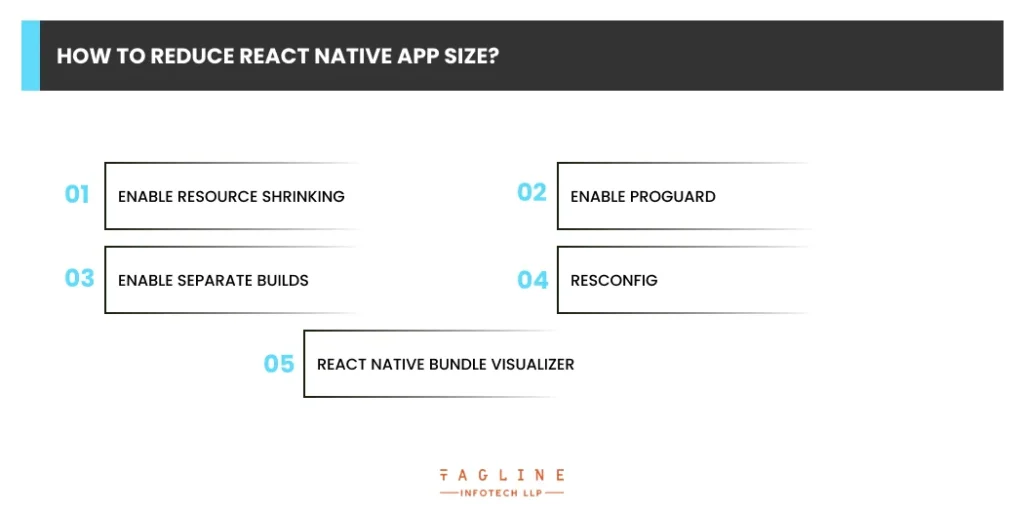Role of Python Libraries in Image Processing
October 30, 2025
Home >> React Native >> How to Reduce React Native App Size?

Due to their increased size, React Native apps might encounter issues, especially on devices with lower specifications. The higher APK size can hinder downloads and lead to performance problems. This is a critical issue since developers aim to improve user experience across different platforms and network configurations. If you’re wondering how to reduce APK size in React Native, consider the following solutions to tackle this problem effectively.
Native app development and react native are two popular approaches for making mobile applications. React Native gives developers the option to utilise JavaScript while leveraging native-OS views, resulting in a more seamless user experience. Developers must utilise platform-specific languages like Swift for iOS and Java for Android when creating native apps.
Here are some significant variations in the creation of Native and React Native apps:
Is your React Native app size too large?
Learn how to make it smaller and faster! Don’t lose users because of slow downloads or limited device storage. Our talented programmers have all the necessary skills and experience to to optimize your app now.

Due to their increased size, React Native apps might encounter issues, especially on devices with lesser specifications. The higher APK size might hinder downloads and cause performance issues. This is a critical issue since developers try to improve user experience across platforms and network configurations. To address this challenge and React Native reduce APK size, take into account the following solutions to solve this problem:
Developers may improve user experience and lessen the difficulties brought on by greater React Native app by implementing these techniques.
This section will contrast React Native app size with other operating systems, including iOS and Flutter. By examining strategies to react native app size reduce, We can better grasp React Native’s performance in terms of app size thanks to this investigation.
Also Read : Mastering React Native for Web: The Ultimate Guide
For your React Native app to operate better overall and provide a better user experience, the app size must be reduced. The following advice can help you minimise the size of the app:

android {
buildTypes {
release {
shrinkResources true
minifyEnabled true
proguardFiles getDefaultProguardFile('proguard-android.txt'), 'proguard-rules.pro'
}
}
}Need a faster, more efficient React Native app that saves storage space?
Hire a skilled React Native Developer now! They’ll optimize your app, improve performance, and make a game-changing impact on your development.
android {
splits {
abi {
enable true
reset()
include 'armeabi-v7a', 'arm64-v8a', 'x86'
universalApk false
}
}
}android {
defaultConfig {
// ...
resConfigs "en", "hdpi", "xhdpi" // Include only English, hdpi, and xhdpi resources
}
}You ought to be able to considerably reduce the size and enhance the speed of your React Native app by implementing these suggestions and optimising it appropriately. After making these modifications, don’t forget to properly test your app to ensure everything functions.
In conclusion, developers may design high-performance, compact React Native apps that provide a smooth and enjoyable user experience by implementing these ideas and best practices. Your React Native app is well-positioned to succeed in the cutthroat mobile app industry with an emphasis on decreasing app size.
Ensure that you enhance your React Native app diligently, enabling you to offer your consumers an optimal mobile experience. Implement these strategies to facilitate your app’s success in the competitive mobile technology market. Wishing you a joyous journey in app creation and coding with our esteemed React Native Development Company.
React Native apps can have large file sizes due to factors such as duplicate code, unnecessary libraries, assets, or third-party modules.
Created with Solvase

Digital Valley, 423, Apple Square, beside Lajamni Chowk, Mota Varachha, Surat, Gujarat 394101
D-401, titanium city center, 100 feet anand nagar road, Ahmedabad-380015
+91 9913 808 2851133 Sampley Ln Leander, Texas, 78641
52 Godalming Avenue, wallington, London - SM6 8NW